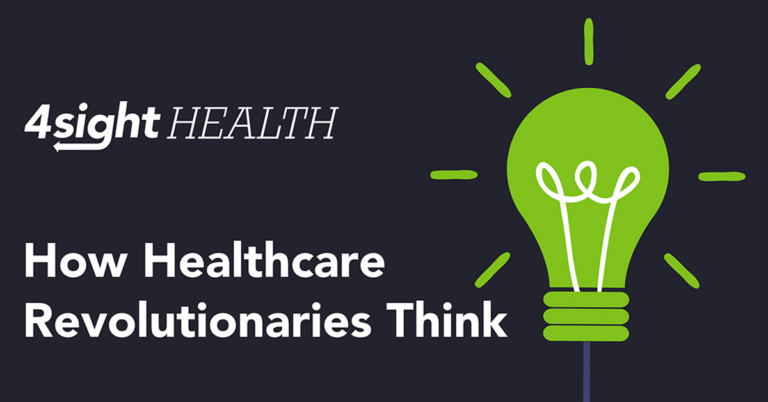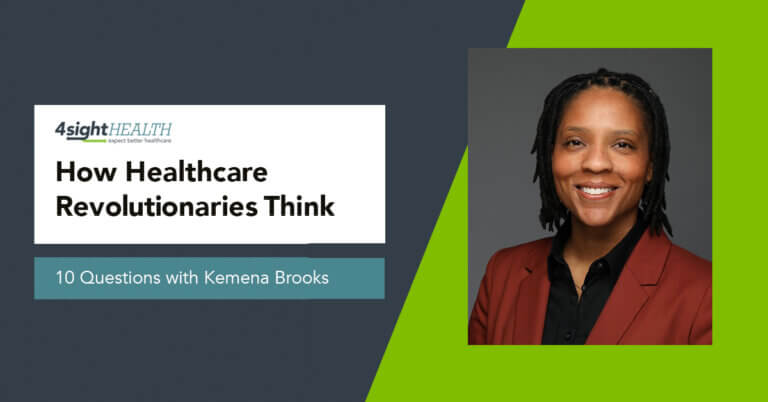April 21, 2021

More Questions, Few Answers in MedPAC Report on Private Equity in Healthcare
The Medicare Payment Advisory Commission released the much-anticipated results of its investigation of private equity’s foray into healthcare. If you’re looking for drama, I’d suggest logging on to BritBox.
I mentioned the MedPAC investigation last October toward the end of “Healthcare’s House Flippers,” when I commented on private equity firms buying hospitals, medical practices and other types of provider organizations. Congress asked MedPAC to look into how that trend is affecting Medicare. I suggested that if that impact was overly negative—higher costs for worse outcomes—it could lead to greater regulation of PE deals in healthcare.
Earlier this month, at MedPAC’s April 2 public meeting, its researchers reported their findings in a 20-slide presentation to the four specific questions posed by Congress. Let me run through those below and highlight what I think are the few juicy bits.
1. Asked if gaps in Medicare provider ownership data make it hard to track PE investments, MedPAC said yes. Some PE firms report it. Some don’t. And many owners, PE or not, obfuscate or dilute their ownership data to limit their liability.
My takeaway: It’s hard to study something if the something isn’t there. This finding could lead to more stringent provider ownership reporting requirements. But I wouldn’t hold my breath. And even if it does happen, creative lawyers and consultants will find a way around it.
2. Asked what business models PE firms use after they invest in or acquire a healthcare provider, MedPAC cited a variety of revenue-increasing and cost-reducing strategy to maximize profitability. But MedPAC said everyone does it, and what PE firm do isn’t unique to PE-owned providers.
My takeaway: Nothing to see here, either. Providing more services, providing more profitable services and using market power to squeeze payers for higher reimbursement rates? Yawn. Reducing operating costs by growing and then consolidating administrative services? Ho-hum. Healthcare is a business.
3. Asked how PE ownership affects Medicare costs, beneficiaries and providers, MedPAC separated its findings by provider type: hospitals, nursing homes and physician practices. The answers, respectively, were: lower costs but lower patient satisfaction; mixed; and, it varies.
My takeaway: A lot of people jumped on the report, saying that MedPAC said PE ownership of physician practices will drive up Medicare costs. Here’s the exact line from the report: “Pressure by PE owners to provide more services could lead to higher Medicare spending.” So could a lot of other things. Until the before/after data comes in, we won’t know for sure.
4. Asked the extent to which PE firms are wiggling their way into the Medicare Advantage market, MedPAC said PE firms own few MA plans while some have investment stakes in others. In total, only 2.7 percent of total MA enrollment is controlled in whole or in part by PE firms.
My takeaway: MedPAC noted that there’s more interest by PE firms in companies that “perform a wide variety of functions for MA plans.” Those functions include primary care, care management and coding, and PE firms take on those responsibilities on a risk-sharing basis. That’s where the money is, and likely explains, in part, why MA plans’ administration costs are going through the roof.
MedPAC’s findings raise more questions than they answer. That means PE firms can stop worrying about more oversight, regulations and compliance for now. As long as they don’t draw any unwanted attention to themselves, they can keep doing what you’re doing.
The other winner is health services research. With so many more questions that need answers, studying the impact of PE on healthcare will become a cottage industry if it hasn’t already. You can expect a flood of funding requests from academics.
I’m also a winner because I get to write about those new studies when they’re published and link back to this blog post.
Thanks for reading.
Stay home. Stay safe. Stay alive. It’s not over until it’s over.





